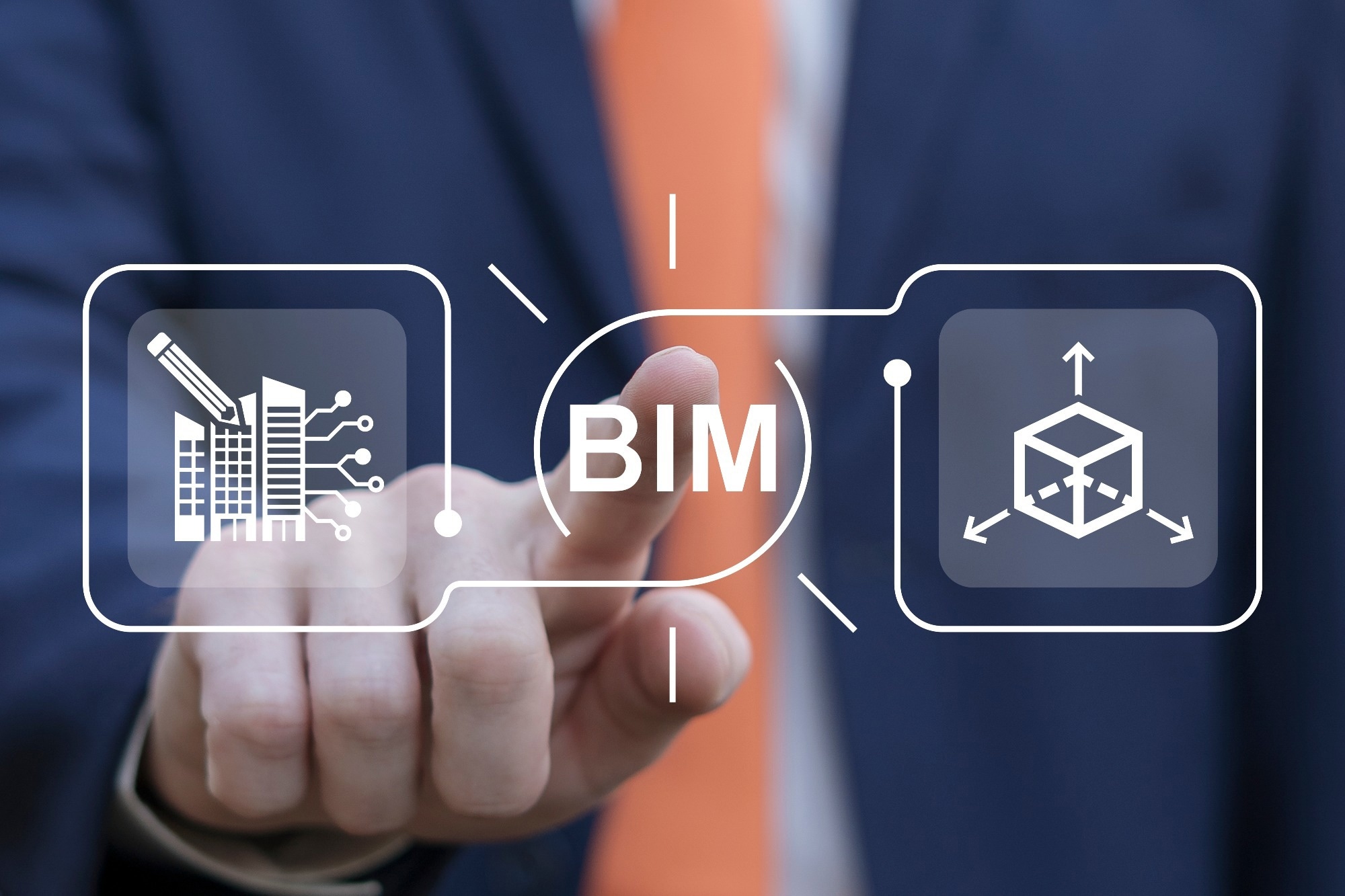A new study in Buildings takes a closer look at why integrating Building Information Modeling (BIM) with blockchain, two technologies often seen as a natural fit in smart construction, is still proving to be so difficult.
 Study: Analyzing Barriers of BIM and Blockchain Integration: A Hybrid ISM-DEMATEL Approach. Image Credit: Panchenko Vladimir/Shutterstock.com
Study: Analyzing Barriers of BIM and Blockchain Integration: A Hybrid ISM-DEMATEL Approach. Image Credit: Panchenko Vladimir/Shutterstock.com
By combining interpretive structural modeling (ISM) with DEMATEL analysis, the researchers unpack how 13 core barriers interact, influence one another, and shape the broader integration landscape.
Why it Matters
BIM has become a staple in digital construction, improving collaboration, accuracy, and project visualization. Blockchain, meanwhile, is gaining traction for its ability to provide secure, decentralized data management - an appealing prospect for managing contracts, payments, and supply chains. Together, these tools could streamline processes, increase trust among stakeholders, and improve data integrity across the construction lifecycle.
But despite the potential, combining them remains a complex challenge.
The study identifies three overarching categories of barriers: technological, organizational, and environmental. On the technical side, issues like data redundancy and privacy concerns make integration risky. Organizationally, many construction firms lack the knowledge, experience, or awareness to manage such a shift. And while the technology side has been widely researched, there's far less work on how to implement and manage integration in real-world settings.
Study Approach
To explore these challenges, the authors used a hybrid research method: a literature review followed by expert input. They reached out to 36 professionals active in smart construction and blockchain; 15 participated, bringing at least eight years of experience in BIM, blockchain, or construction management. These experts came from major construction companies, universities, and engineering consultancies.
The study collected data in two phases:
- ISM Phase: Experts evaluated the relationships between barriers using a symbolic system (“V”, “A”, “X”, “O”), which resulted in a Structural Self-Interaction Matrix.
- DEMATEL Phase: Building on the ISM results, experts rated the influence between key barriers on a scale from 0 (no influence) to 4 (very high influence).
Key Findings
The ISM analysis revealed a five-level hierarchy of barriers:
- Top-level barriers - like investment and return risk (B8), unclear value proposition (B9), and stakeholder attitudes (B10) - reflect hesitation around adoption.
- Bottom-level barriers - high initial cost (B7) and legal/regulatory issues (B13) - act as root causes, shaping all other challenges.
- Middle-level barriers - including gaps in tech maturity, training, and standards - both influence and are influenced by other layers.
The MICMAC analysis grouped these barriers based on their influence:
- Dependent Group: B8–B10, lack of trust (B11), and workflow changes (B12) - more affected by other factors than they influence.
- Linkage Group: B1–B4 - technical barriers like infrastructure immaturity, integration complexity, data security, and missing standards.
- Independent Group: B5–B7, B13 - factors that drive many of the system’s challenges.
- No autonomous barriers were found, underscoring the interconnectedness of all the issues.
DEMATEL then ranked each barrier by centrality and identified cause-and-effect relationships. The technical and regulatory issues (B1–B7, B13) were the main drivers, while organizational and perception-based barriers (B8–B12) were primarily outcomes of those deeper challenges.
Final Thoughts
This study provides a structured, evidence-based view of what’s hindering BIM-blockchain integration - not just the technical issues, but the broader network of influences that shape adoption. It’s a helpful roadmap for construction firms, tech developers, and policymakers looking to prioritize where intervention is most needed.
Still, there are limitations. The expert sample was primarily China-based, which may limit how well the findings apply in other regions. And since the study leaned on expert judgment and literature, it may reflect certain biases or gaps in perspective. Broader, data-driven studies - including real-world pilots - are needed to test and build on these insights.
Journal Reference
An, Q., Bi, X., Xu, Y., Chong, H.-Y., & Liao, X. (2025). Analyzing Barriers of BIM and Blockchain Integration: A Hybrid ISM-DEMATEL Approach. Buildings, 15(8), 1370. DOI: 10.3390/buildings15081370, https://www.mdpi.com/2075-5309/15/8/1370
Disclaimer: The views expressed here are those of the author expressed in their private capacity and do not necessarily represent the views of AZoM.com Limited T/A AZoNetwork the owner and operator of this website. This disclaimer forms part of the Terms and conditions of use of this website.